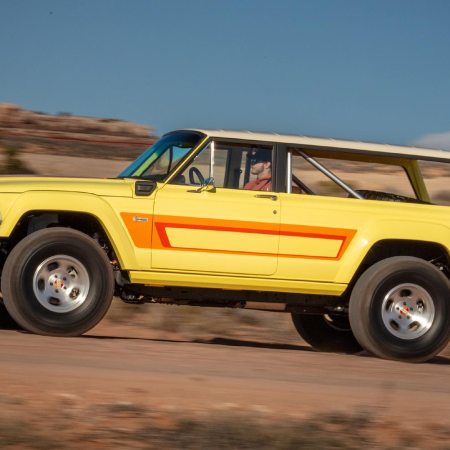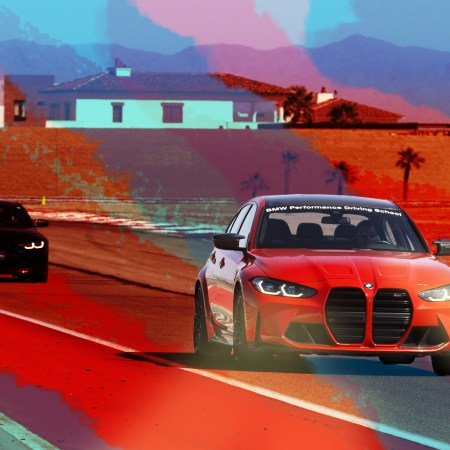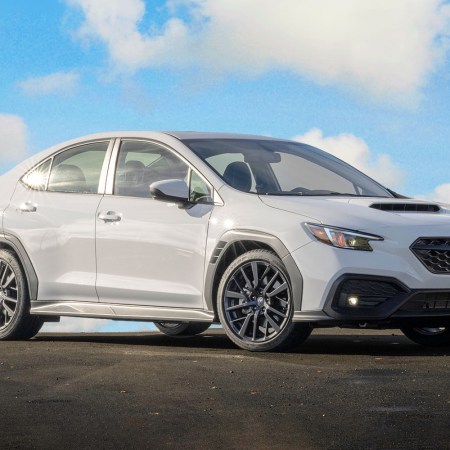When I’m driving, I hate ________.
I could fill that blank with more words than I have bones in my body.
So I decided to give up my car for a month. And not only did my blood pressure drop — I also saved money, lost weight and got a lot more out of my commutes.
Here are the nine most important lessons I learned from a month off the road.
I saved $200-300 a month
My previous lease was a Lexus, and I had a friendly rate thanks to a business connection, so I likely would have saved a lot more money under natural conditions. My expenses for having a car, including the rideshares I was already taking during that time, averaged $1,081.57 a month. My expenses for rideshares were higher without, but not outrageous since I live close to the Expo.
| WITH A CAR | CARLESS | ||
|---|---|---|---|
| Car Payment | $265.00 | Rideshare | $606.27 |
| Insurance | $225.00 | Expo Light Rail | $125.00 |
| Gas | $103.01 | Bird Scooter | $22.50 |
| Parking | $300.00 | Bike Share | $0.00 |
| Maintenance | $33.00 | Biking Costs | $0.00 |
| Rideshare | $147.23 | Maven | $100.00 |
| Parking Tickets | $8.33 | ||
| $1,081.57 | $853.77 | ||
Location matters: The Westside and Downtown have the best options
This way of living would be pricier and more time consuming if, for instance, you lived in Silver Lake and worked in Westwood. I live near the Apple Pan, which is a 10-minute walk to the Expo line, and my office in Santa Monica is a five-minute walk from the Expo stop. If I don’t miss a train, I get to work in 20 minutes. If I do, it’s 30. There’s a dedicated bike path along the Expo line that’s completely shielded from cars, and it takes me 30-35 minutes to ride to the office.
The Westside and Downtown offer the best options for folks without a car because they both have excellent public transit as well as bike lanes and bike-share programs. Although DTLA has better restaurants and a hip vibe, the Westside has cleaner air and makes for more pleasant biking and walking.
Plus — and this is a big plus — the Westside has Bird
Bird is a new scooter-share program (think Zipcar) from a former Uber executive. Basically, a membership gets you access to motorized scooters parked on various street corners from Venice to Santa Monica. You scan a barcode from your smartphone, check out a scooter, and then take it wherever. They claim you can find available rides as far as Silver Lake, but they don’t go up hills and require a charge daily.
I lost about five pounds from the extra exercise and became less stressed
Staying fit isn’t rocket science. If you burn more than you consume, you’ll stay trim, and walking an additional 2-3 miles a day or biking an additional eight miles a day (as was the case for me) will help you achieve that without daily gym sessions. Those minutes spent walking or biking also mean you’ll have time to reflect and get some fresh(ish) air: the Expo bike path is actually lined with sage and lavender, so morning rides make for an incredibly tranquil start to the day. Walking through my neighborhood at night, especially during the holidays, has been a pleasant way to end my day.
We could use more people biking
Biking in L.A. is easy because hills are few and the weather is perfect year round. There are ways to deal with the heat in summer, and with successful events like CicLAvia, more people than ever are commuting on two wheels. LA Metro is also adding more bike lanes. Still, there are risks: drivers are aggressive and often distracted, so you need to stay vigilant. I use a Solé fixed gear bike, a Bern helmet and lights that are as bright as a car’s.
It’s not always a walk in the park
The second day without a car, I was biking to work and it started raining. Not a lot, but enough that I was completely soaked by the time I arrived at the office. Then I caught a bad cold, which meant I had to Lyft home during traffic, but …
I became slightly more productive as a result
Not being in the driver’s seat allowed me to answer emails, practice Spanish (via Duolingo), read books and listen to podcasts. My first night of going carless was game seven of the World Series, which I watched on YouTube Live, wondering the whole time why the hell Darvish didn’t get the hook after two innings.
Admittedly, this endeavor is far easier if you have some coin to spend
Living where I live (or Silver Lake, for that matter) and not having a car is a first-world problem. Train running late? No sweat, I can hop in a Lyft or Uber. Folks who depend on the train from east of Downtown or south of Inglewood definitely encounter some headaches when things don’t run smoothly. So while I found my new commute more enjoyable, I also became more aware and sympathetic to the difficulties of others.
My new lifestyle had a positive impact on the environment and our future
Unlike many of the world’s ills, our personal, individual decisions about transportation can have an immediate positive impact on the world. Despite the President’s tweets, climate change is a problem of our doing, and not buying gas takes fumes out of the air and reduces demand for refinery. Consider that each and every car manufactured generates three years of driving emissions. And giving that up is not only a win for the earth and human health: it also takes money out of the pockets of businesses that lobby against clean air and water. On the other hand, a grassroots demand for more bike lanes, electric cars and better public transit will get businesses motivated to invest in more sustainable practices — and they are.
This article was featured in the InsideHook LA newsletter. Sign up now for more from the Southland.





















